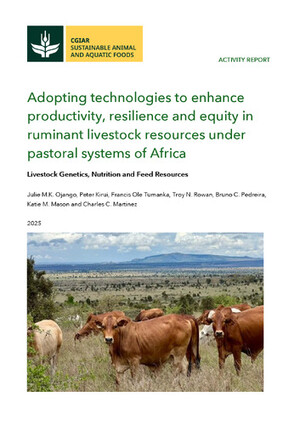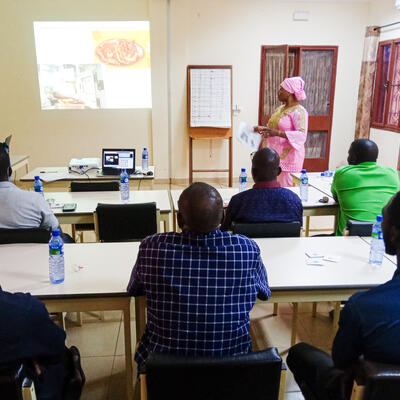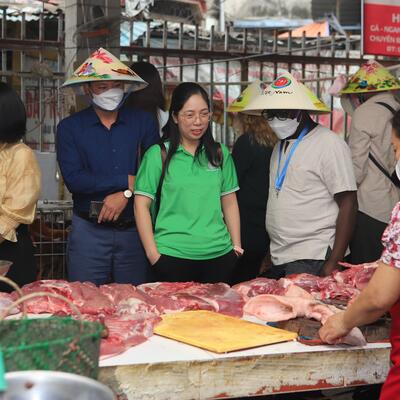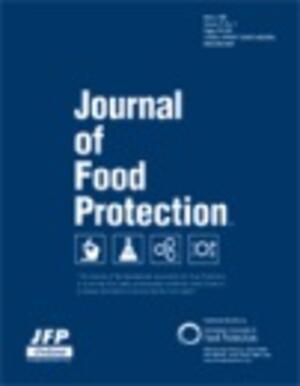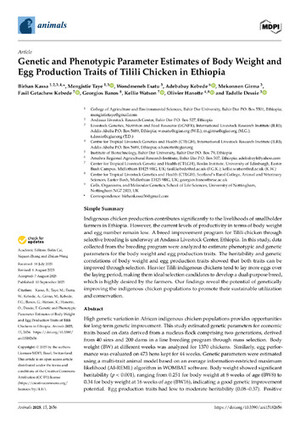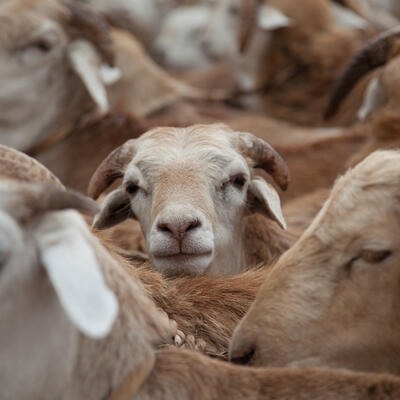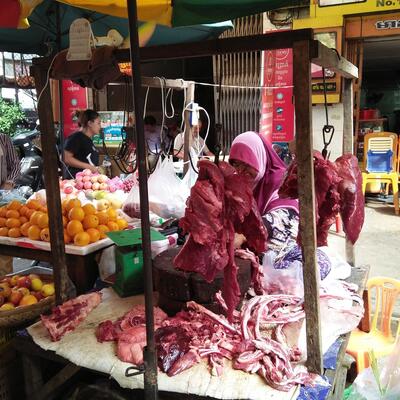

Eating wild animals: The rewards are as big as the risks
A new report ‘Eating Wild Animals: Rewards, Risks and Recommendations’ led by experts of the International Livestock Research Institute (ILRI) uncovers the perils and promise of wild meat hunting, consumption and trade in Africa and Southeast Asia.
The report was launched on 20 September 2024 at the 8th World One Health Congress in Cape Town, South Africa. It is the first evidenced-based synthesis to focus on 'wild meat' nutrition and disease issues rather than wildlife conservation alone, integrating ecology and epidemiology sciences and concerns for both human well-being and animal welfare.
The report details how vast numbers of wild animals are hunted, sold and eaten across the world for meat and medicines, and how this trade can be reshaped to maintain the benefit of meat for millions of people while reducing inherent risks.

Such reshaping will require understanding how attitudes and practices in Asia and Africa differ regarding wild meat, and how best to balance the need for poor people's consumption of wild protein with the need to reduce the risk of zoonotic diseases spilling over from wild animals to people.
Wildlife as food
The authors state that it would be currently impossible and also immoral to attempt to ban the hunting, selling and eating of wild meat. Across sub-Saharan Africa and East and Southeast Asia, around 400 million people depend on wild meat hunting and consumption.
At least 15 countries, mostly in Africa, would risk food insecurity if wild meat were excluded from diets. In at least 62 countries, wildlife and wild fish provide at least 20% of animal protein in rural household diets.
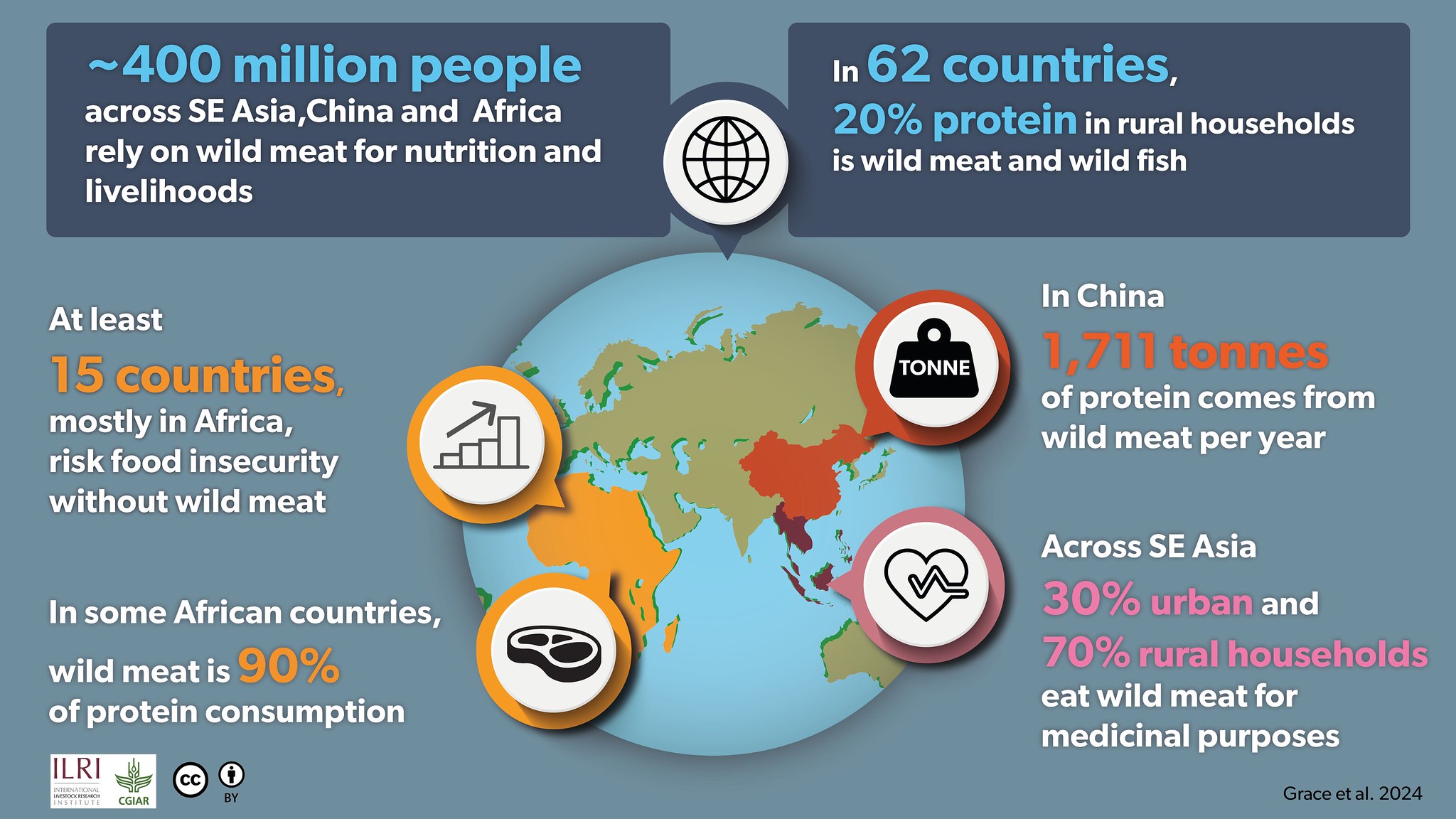
In Africa, consumption of wild meat is often much higher than livestock meat. Foragers may eat on average 38 kg of wild meat a year and farmers 16 kg of wild meat, compared to typically 19 kg of livestock meat.
Wildlife as economic opportunity
The authors propose the humane production of wild meat from extensively grazed ruminants could place Africa as a significant trading partner on the global wild meat platform.
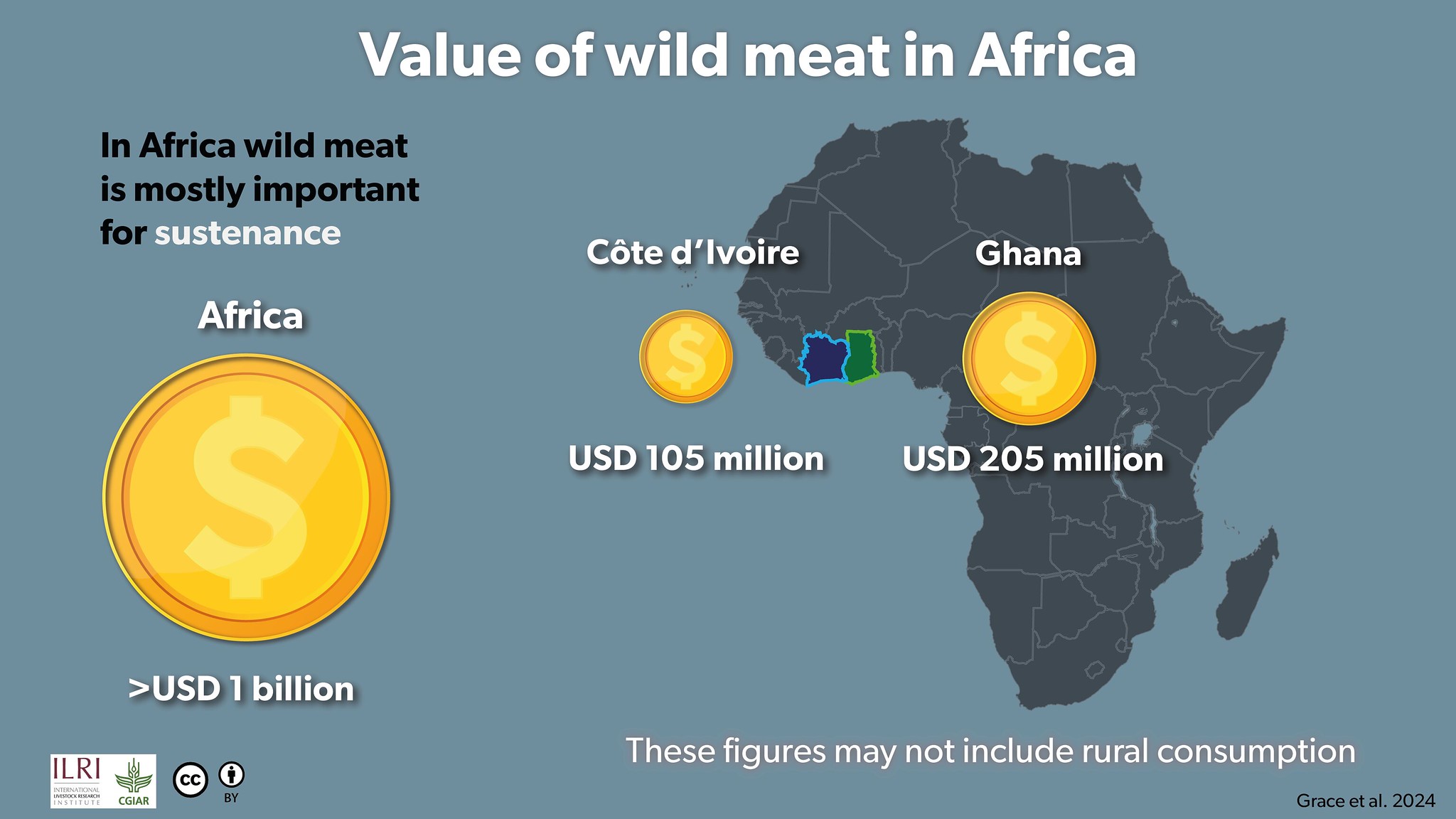
One to five million metric tonnes of wild meat are extracted each year in Africa. The value of the wild meat trade alone is likely over USD 1 billion per year, and possibly several times that amount. In several countries, the focus is already shifting from wildlife tourism to wildlife farming.
In Southeast Asia, wild meat confers high status and is regarded as a health food and medicine. The illegal wildlife trade in Southeast Asia is estimated at USD 8–11 billion and likely exceeds that, potentially representing significant lost revenue. However, wild meat does not offer much for human nutrition or health in this region.

The report details where data are lacking and recommends areas of research to develop wild meat as an economic resource, and proposes how to manage supply and demand such as through acceptable alternatives like subsidised livestock meat.
Wildlife as a risk
The authors also recommend practices and research priorities to mitigate the risks to biodiversity conservation, and of zoonotic disease outbreaks, related to wild meat production and consumption.
While wildlife farming presents an alternative to hunting, the current state of intensive wildlife farming is an unacceptably dangerous practice that risks zoonotic disease emergence, and yet has thus far escaped global attention and regulation. This is despite recent pandemics and international health threats caused by animal disease spillovers, such as Ebola, COVID-19 and mpox.
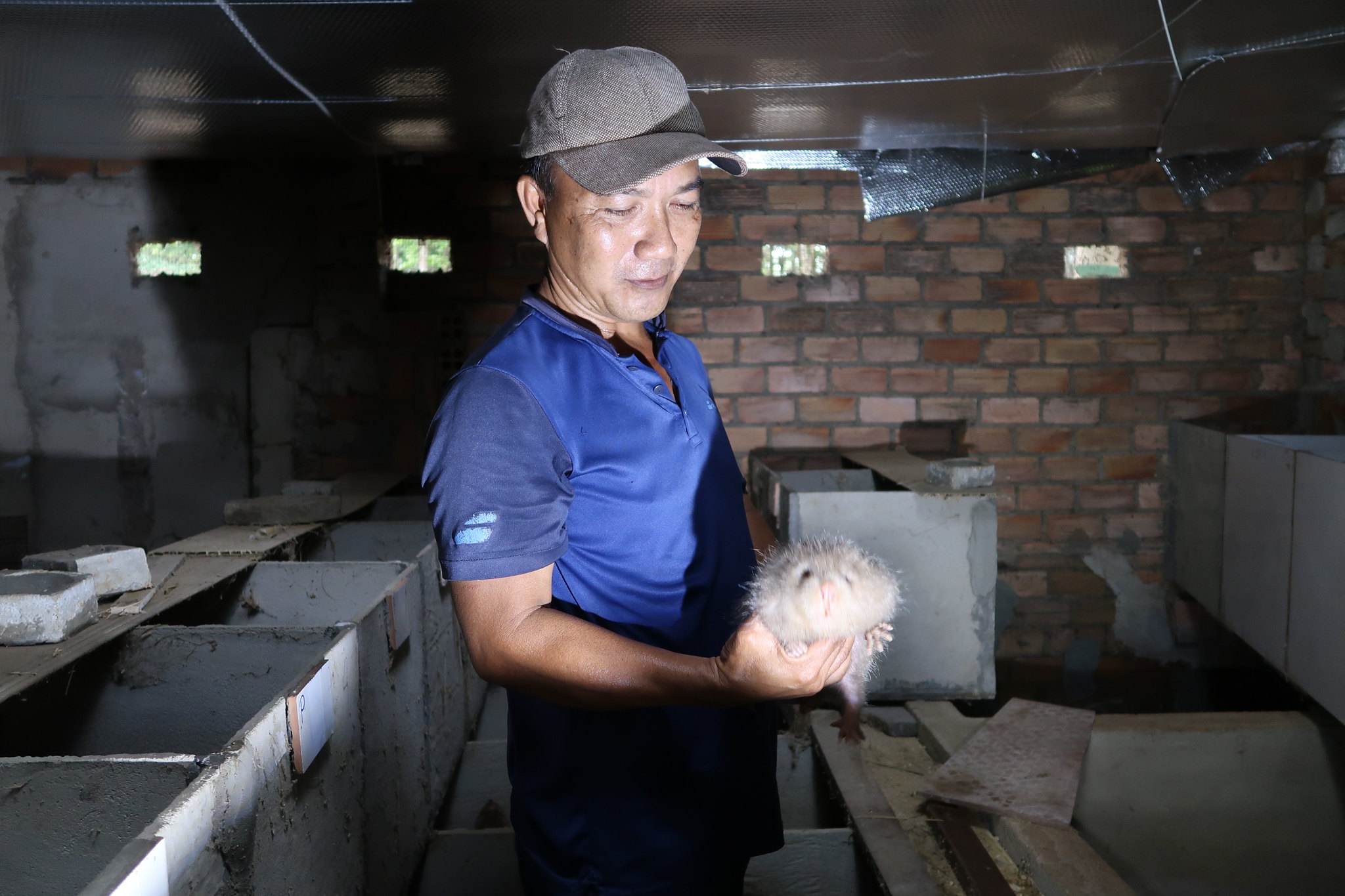
Wildlife and a new approach
The report proposes a new four-pronged "Eco-Epi-Well-Wel" approach to reframe current understanding of wild meat value chains and offer practical ways to make them fairer, safer and more sustainable.
This approach would 1) incorporate ecological betterment; 2) reduce epidemiological risk for humans and animals; 3) improve well-being of people, especially in under-nourished populations of the Global South; and 4) improve the welfare of wild and domestic animals, especially considering there is no existing research on wildlife farming and well-being.
Current ‘regulate and conserve’ approaches to wild meat are insufficient or unsustainable. The authors propose novel approaches to change consumption patterns of wild meat, highlighting the very recent rapid shift in attitudes towards dog meat in South Korea from ‘appealing’ to ‘appalling’. Making better use of 'food disgust’—a basic and universal emotion that evolved to protect humans from pathogens—could be more effective in managing the wild meat trade than imposing legal restrictions.
"Basically," says lead author Delia Grace, joint appointed scientist at ILRI and the Natural Resources Institute, University of Greenwich, UK, "We want to discourage intensive farming of wild animals but promote humane well-managed conservancy and community-based approaches."
ILRI director general Appolinaire Djikeng says: “This report provides a comprehensive analysis of the benefits and risks associated with the wild meat value chain. At its core is the One Health approach, which highlights the interconnectedness of human, animal, and environmental health. The findings underscore the need for sustainable practices that protect not only human health but also the welfare of wild animals and the ecosystems they inhabit.”
ILRI has been researching wild meat in Africa and East and Southeast Asia regions for many decades. The report also applies the lessons of ILRI’s extensive research into informal, traditional food markets to provide recommendations on how to de-risk wild meat markets, especially through providing training and technology for actors, better policy and regulation, and incentives for behaviour change.
This report will be invaluable for organizations working in the health, veterinary, welfare, environment and wildlife sectors.
Full report available at: https://hdl.handle.net/10568/152246
Brief available at: https://hdl.handle.net/10568/152280
You may also like
Related Publications
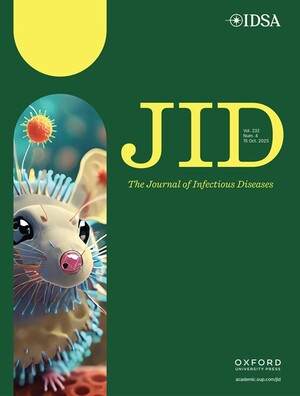
Rift Valley fever virus remains infectious in milk stored in a wide range of temperatures
- Dawes, B.E.
- De La Mota-Peynado, A.
- Rezende, I.M.
- Buyukcangaz, E.K.
- Harvey, A.M.
- Gerken, Keli N.
- Winter, C.A.
- Bayrau, B.
- Mitzel, D.N.
- Waggoner, J.J.
- Pinsky, B.A.
- Wilson, W.C.
- LaBeaud, A.D.
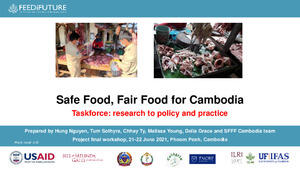
Electrical stunning in pig slaughtering in Vietnam: meat processors’ perceptions and the effects on pork quality
- Trang Thi-Huyen Le
- Tra Vu Thi Thu
- Nhiem Duong Van
- Hung Nguyen-Viet
- Unger, Fred
- Hieu Dong Van
- Sinh Dang-Xuan

Enhancing chicken meat quality with user-friendly decontamination wipes
- Talukder, S.
- Sen, A.R.
- Devadason, I.P.
- Biswas, A.K.
- Kumar, M.S.
- Dhanze, H.
- Bhilegaonkar, K.N.
- Hung Nguyen-Viet
- Grace, Delia
- Deka, Ram Pratim
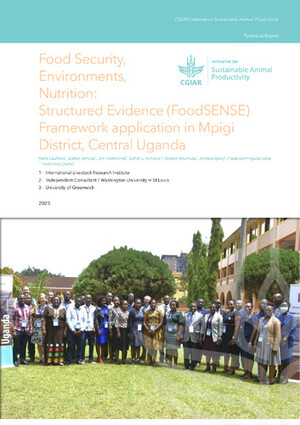
Food Security, Environments, Nutrition: Structured Evidence (FoodSENSE) Framework application in Mpigi District, Central Uganda
- Caulfield, Mark
- Omosa, Esther
- Hammond, Jim
- Achandi, Esther, L.
- Ahumuza, Ronnie
- Spray, Andrea
- Dominguez-Salas, Paula
- Ouma, Emily A.



